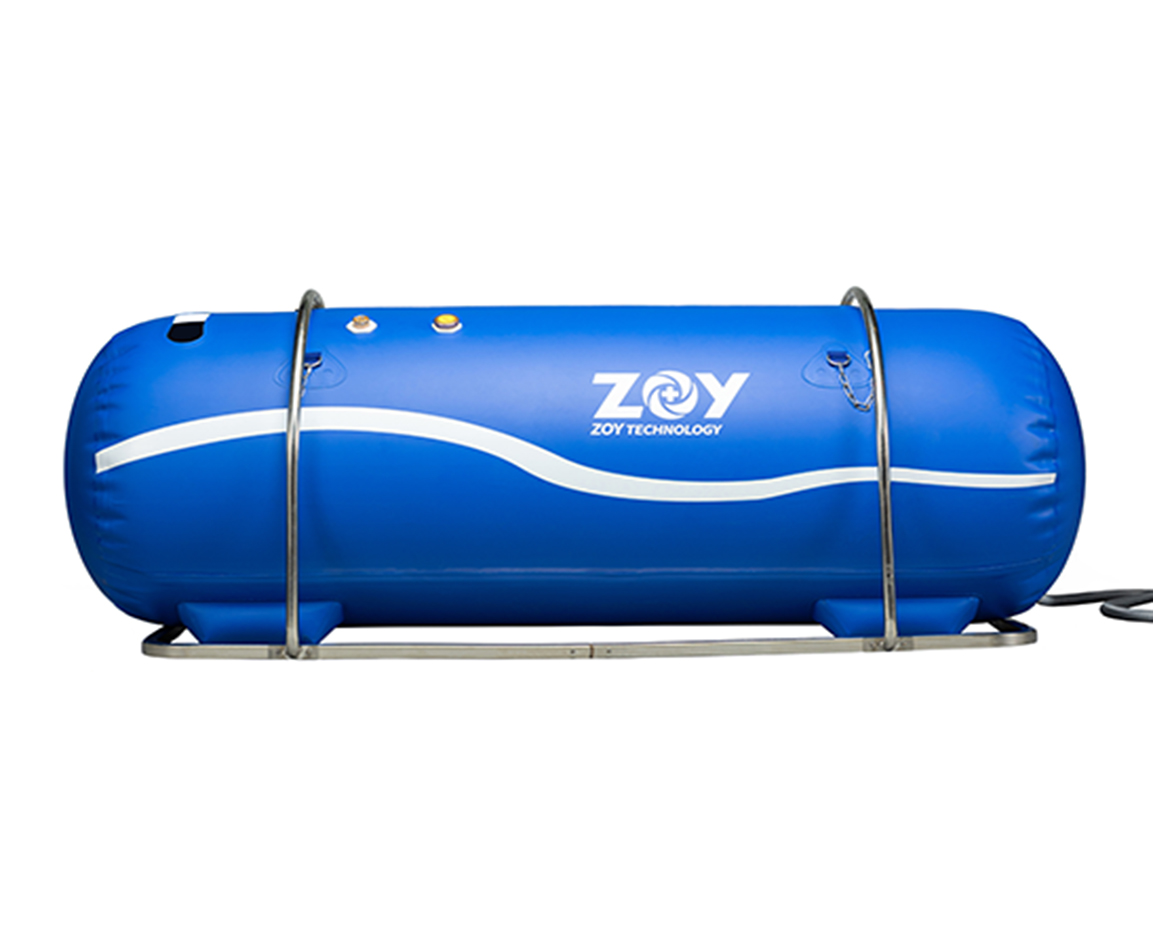Andrew
Jedi Master
Agreed. You never know. I found this site, that quotes a reference: FAQ • Advanced Hyperbaric Recovery, IncI think that should be double and triple checked for sure. They may be flogging their services.
"Soft inflatable bag chambers can only reach a maximum depth of 1.3 ATA internally, while the lowest protocol for hyperbaric medicine used by Physicians in the USA is 1.5 and above. You will never find an inflatable chamber in a hospital. In fact, studies show that oxygen cannot kill bacterial in pressures below 1.4 ATA and can in fact enhance the growth of some molds, bacteria and fungus.(Textbook of Hyperbaric Medicine, page 143,4th Revised Edition, K.K. Jain, et al.)"
Here's the book: Textbook of Hyperbaric Medicine: 9783319836645: Medicine & Health Science Books @ Amazon.com

